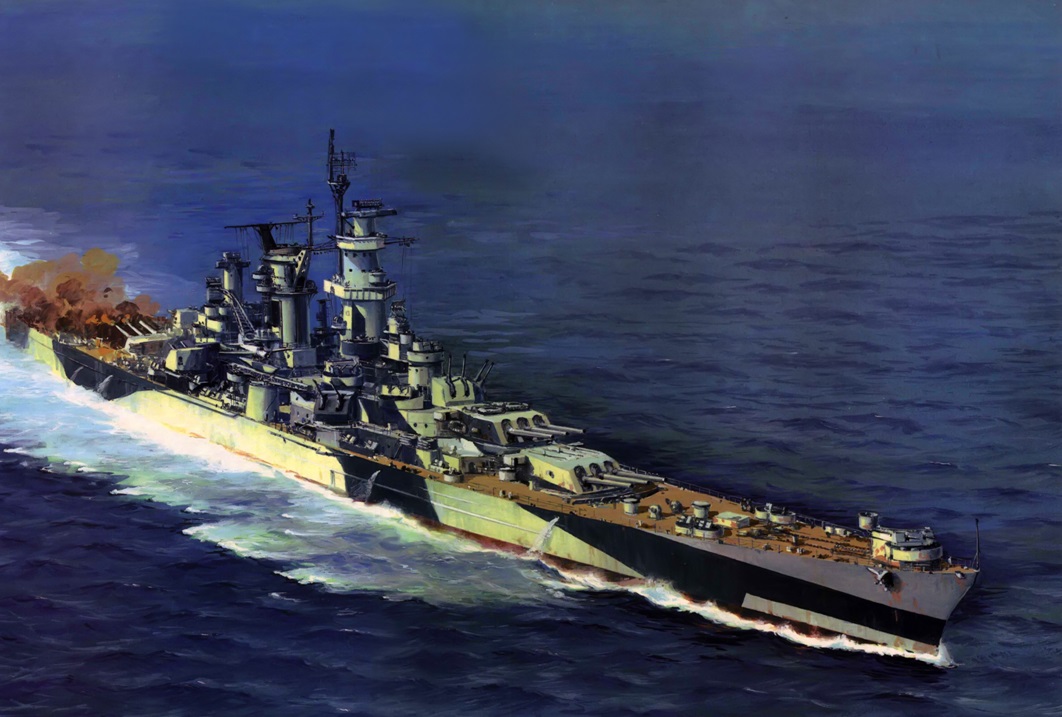
The first Polish "birds"
Polish birds. Trawler ORP Rybitva. Photo Collection of Marek Twardowski
After the restoration of independence and access to the sea, the Polish fleet began to be built from scratch. This task was extremely difficult due to the huge financial problems of the young state. Even the most rational programs could not be implemented due to lack of funds. To create the rudiments of the navy, as early as 1919, the maritime authorities were urgently looking for the possibility of purchasing ships and auxiliary units. They were looked for primarily in Gdansk (with the help of the company of the Leszczynski brothers) and in Finland, where the ships were offered at the lowest prices.
Already in the first development programs of the Navy there was a proposal to purchase minesweepers, known at that time as trawlers (or trawlers, or even trawlers). The document (dated August 5, 1919) of the Polish Navy Expansion Program, approved by the 6th Division of the Supreme High Command of the Polish Air Force, indicated the following item: 100 trawlers with a displacement of 4500 tons at a price of 19 thousand US dollars each).
In the list of Spring 1921 - Navy troops trained (dated February 26, 1920) by the head of the Organizational Department of the Department of Maritime Affairs (DSM) of the Ministry of Military Affairs (MSV oysk) Lieutenant Colonel V.I. Mar. Jerzy Wolkowitzky, and which was approved and corrected (March 3, 1920) by Comrade. Jerzy Swirski (then deputy head of the DSM) appeared 7 trawlers with a displacement of 200 tons.
In early 1920, offers began to appear for the sale of parts of this class, mainly ships from the German military surplus. DSM considered proposals from Finland and Sweden, but the lack of money in the Department's cash desk prevented the purchase.
The offer of an intermediary from Helsingfors (then called Helsinki) could not be accepted due to the impossibility of obtaining a loan for the purchase, although the supplier demanded only 4 zł for 850 ships. Finnish marks (about $47 thousand). Before funds were available, the ships were sold to another contractor and one ship sank. The next offer of the same broker was less profitable, for 5 similar minesweepers (including the sunken one, which was dug up), the broker demanded 1,5 million Finnish marks (about $83 thousand). But again, there was not enough money, although DSM at that time had a loan of 190 SEK 6,5 (this was about 42 million Polish marks or 11 US dollars), as the Department's Technical Department estimated that this amount would be needed for this purchases. , as much as XNUMX million Polish marks (including the cost of repairs and the purchase of a tug).
The loan received in SEK (application for which was submitted on March 26, 1920) was intended for the first installment when buying 6 trailers from an intermediary in Sweden. Little is known about this offer other than that the total cost of the deal was to be SEK 375 (roughly $82). Since there was no opportunity to receive additional funds, the offer was canceled, but 190 SEK remained in the DSM box office.
The situation improved when the Navy received a large sum ($400) to buy a training ship, with a cheaper offer, it was hoped that there would be enough left to buy minesweepers.
An offer submitted on April 20, 1920 by the Finnish company Aktiebolaget RW Hoffströms Skogsbyrå from Helsinki (with branches in Vyborg and St. stamps (approximately $1). These were ships built in shipyards (their names appeared in the proposal): Joh. K. Tecklenborg in Geestemünde, Jos. L. Meyer in Papenburg and D. W. Kremer Sohn in Elmshorn.
At a meeting held in early May 1920 at the headquarters of the Department, it was decided to purchase, in particular, two trawlers and 70 thousand dollars. The DSM technical department, having considered Finland's proposals for other vessels, offered to purchase an additional two identical minesweepers, which were completed after the war and were not part of the Kaiserliche Marine. DSM soon informed (June 9) to its technical department that the Ministry of Finance had allocated an additional amount of 55 XNUMX. $ for this purchase.
